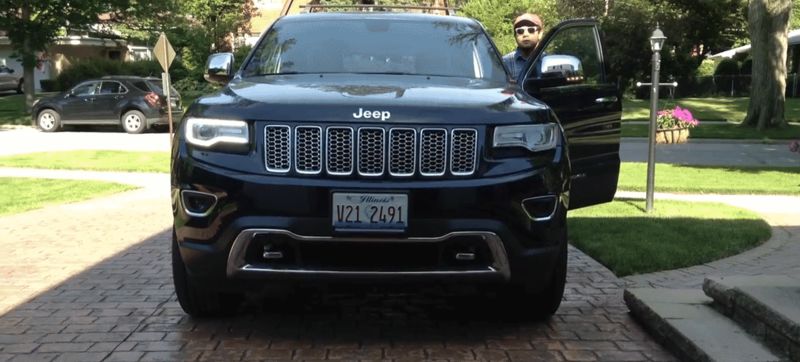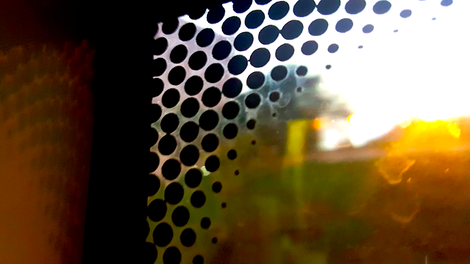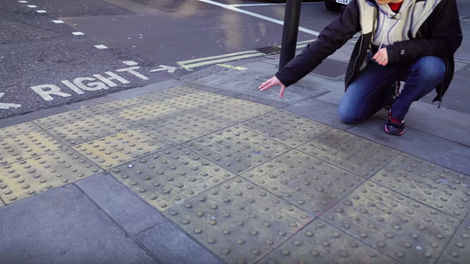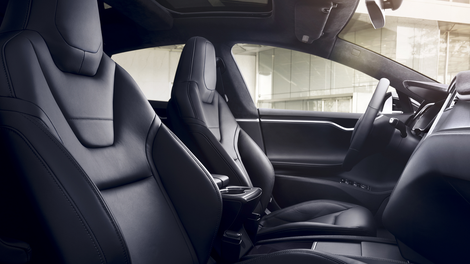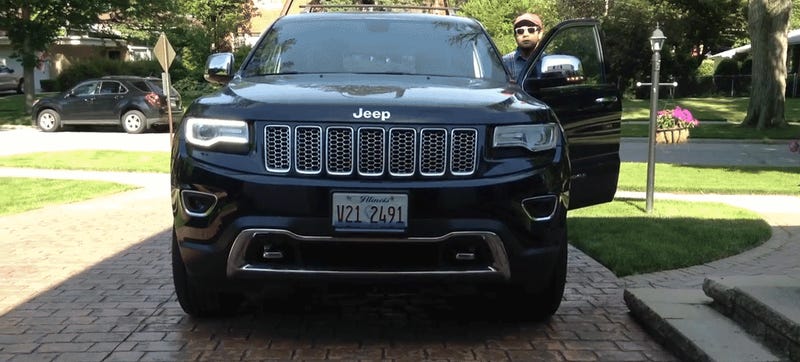
Have you ever noticed cars shutting off one of their front lights to activate a blinker? Well, I certainly have, so to find out why I see awkward one-eyed vehicles signaling turns at seemingly every intersection. I decided to dig into it to find out what’s going on.
Advertisement
I assumed these poor cyclopses had been forced into this sad state by government regulations, so my first resource was Stephan Berlitz, Audi’s Head Of Lighting Innovations. He’s the man who has been fighting with federal auto safety regulators at NHTSA to make changes to current lighting standards, so I figured he was the guy to ask. Here’s what he told me:
…[this phenomenon] is because of FMVSS 108…If the DRL is close to the Direction Indicator, or even incorporated, You have to turn off the DRL during indicating
Berlitz went on to tell me that the same idea applies to the rear lights, saying “if indicating the brake lights have to turn off…The reason is a better signal perception/[recognition].”
OK, so this makes sense: the reason why so many cars look like they’ve had their eyes shot out is to prevent their daytime running lights (the eyes) from hiding the turn signals from view. Still, I wanted to learn more, so I looked up Federal Motor Vehicle Safety Standard 108 “Lamps, reflective devices, and associated equipment” (these FMVSSes are how all of car safety is regulated here in the United States), which defined Daytime Running Lamps as:
Advertisement
Daytime running lamps (DRLs) are steady burning lamps that are used to improve the conspicuity of a vehicle from the front and front sides when the regular headlamps are not required for driving.
In other words, these are the lights that are on all the time to help other drivers see you. Though they’re technically not the same as headlamps, in some cars (like the Dodge Caliber), the daytime running lights are actually located in the same place. It’s these cars with the “optically combined” DRLs and low-beams that look especially like one-eyed monsters as they signal their turn with what looks like one headlight blown out.
Speaking of “optically combining” things, FMVSS 108 then goes on to explicitly state the rules for DRL deactivation during signaling, breaking those rules into two parts: one for cars that optically combine the DRL with the turn signal, like the Audi in the video above (you can see that the DRL and turn signal use the same LED strip), and the other for cars with that have separate DRL and turn signal light sources, like the Grand Cherokees above.
Advertisement
Sponsored
FMVSS Standard No. 108 lays it all out, starting with cars that have combined DRLs and turn signals:
Each DRL optically combined with a turn signal lamp must be automatically deactivated as a DRL when the turn signal lamp or hazard warning lamp is activated, and automatically reactivated as a DRL when the turn signal lamp or hazard warning lamp is deactivated.
So, it’s pretty straightforward for vehicles with combined blinkers and DRLs. If a car’s turn signal and DRL are separate, though, that doesn’t mean it can necessarily keep its DRL on while signaling. It all depends on how close the two light sources are. In the “Spacing To Turn Signal Lamps” section, FMVSS 108 states:
Advertisement
Each DRL not optically combined with a turn signal lamp must be located on the vehicle so that the distance from its lighted edge to the optical center of the nearest turn signal lamp is not less than 100 mm…
There are a few exceptions to this 100 mm rule for non-optically combined signals and DRLs, the first of which is:
(a) The luminous intensity of the DRL is not more than 2,600 cd at any location in the beam and the turn signal lamp meets 2.5 times the base front turn signal photometric requirements
In other words, if the turn signal is very bright and the daytime running lamp is fairly dim, then the DRL won’t obscure the turn signal and it’s fine if both lights are close to one another and simultaneously on.
Advertisement
The second exception is:
(b) The DRL is optically combined with a lower beam headlamp and the turn signal lamp meets 2.5 times the base front turn signal photometric requirements
This means that if the DRL is combined with the headlight (like the Dodge Caliber I mentioned before), and the turn signal is very bright, having the DRL and turn signal in close proximity and simultaneously on is allowed by our infinitely wise government regulators.
Advertisement
The final exception that allows automakers to place a DRL within within 100 mm of the center of a turn signal is:
(c) The DRL is deactivated when the turn signal or hazard warning signal lamp is activated.
So basically, if your car uses the DRL as its turn signal, the DRL—unsurprisingly— has to shut off when using the blinker. And if your DRL is separate from your turn signal, there’s a spacing requirement with three exceptions, one of which is to cut off the DRL when signaling.
Not all cars drive around like cyclopes when signaling turns (for example, the Durango above), but many do, and now you know why: it’s the pesky government making sure those daytime running lights don’t stop us noticing that someone is about turn into our path and potentially lead us into peril.
Sometimes, You Just Have To Get To The Bottom Of Your Curiosities

